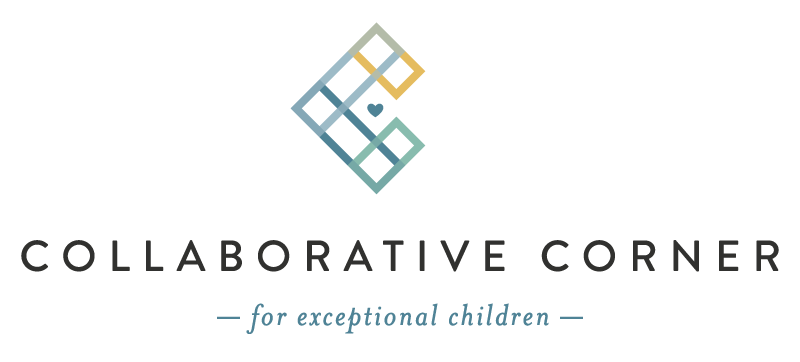ABC Model in Applied Behavior Analysis
What is the ABC Model? It is one of the most basic, yet critical components to changing behavior in ABA. ABC stands for antecedent, behavior, and consequence. The model follows a sequence of events; what happens before, during, and after the target behavior.
A- Antecedent
The antecedent is the situation or event that comes before a behavior. It is commonly called the “trigger.”
B- Behavior
A Behavior is any action that can be observed, counted, or timed.
C- Consequence
The consequence describes what happens immediately after, or in response to, a behavior.
Following the ABC model, by recording what happened before (antecedent) and after (consequence) the behavior occurred, will enable us to analyze the function, or the “why” of that particular behavior.
The central idea of the ABC model is that the majority of behaviors we display are learned. Behavior can be learned over years by imitating others, or by being directly taught. Consequences help maintain, or make the behavior more likely/unlikely to occur again in the future.
Some consequences can be natural, like getting candy out of a vending machine. Once you put the money in, you get the candy. The consequence of getting that candy makes it more likely you will put money into the vending machine again in the future. As opposed to putting money in the vending machine and it takes your money, no candy comes out. The consequence of no candy, after putting in money, will decrease the likely hood you will put money in that vending machine again in the future. Therefore, recording consequence data can help us analyze if a behavior is likely to occur again in the future.
The other critical piece is the antecedent data. By understanding what comes before a behavior can help us analyze the hypothesized function, or “why.” Understanding why a child typically engages in a particular behavior can guide the intervention process.
If you have any questions about the ABC Model or would like more information on how to record ABC data, please feel free to contact nikki@collaborativecorner.org. A timely response will provided within 24 hours.
Bearss, K., Johnson, C. R., Handen, B. L., Butter, E. M., Lecavalier, L., Smith, T., & Scahill, L. (2018). Parent training for disruptive behavior: the Rubi Autism Network. New York, NY, United States of America: Oxford University Press.
Resources:
Nikki Waitt
Registered Behavior Technician and Varied Exceptionalities Teacher
nikki@collaborativecorner.org

